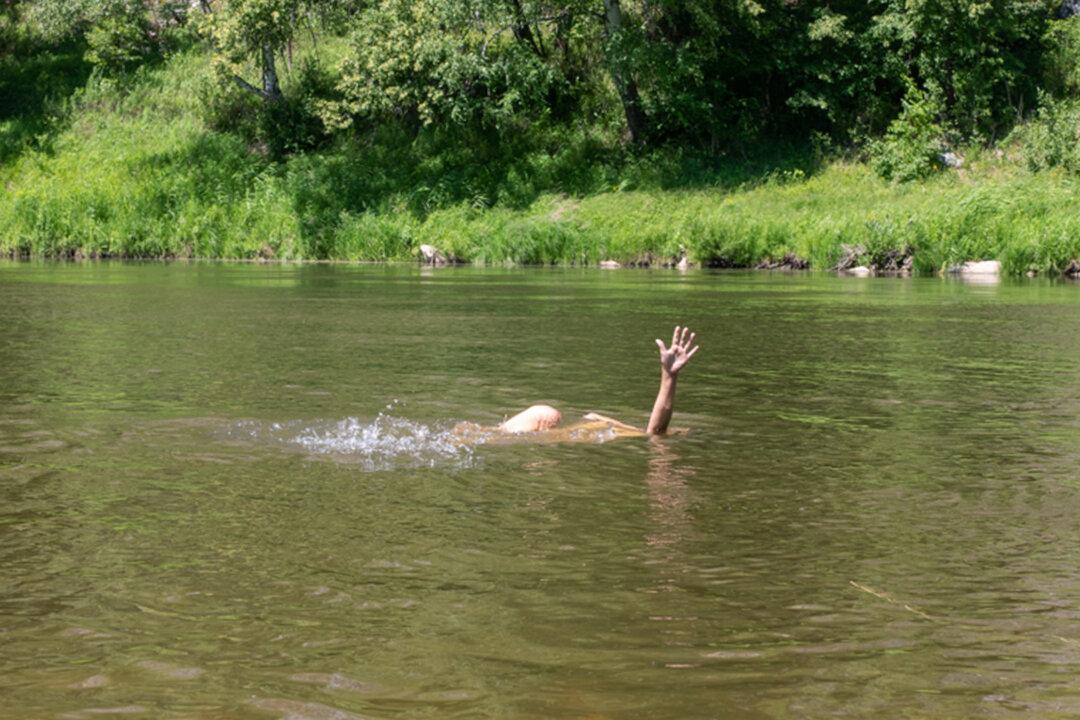New research by Australia’s water safety authorities reveals that COVID-19 lockdowns may be the reason for a “tragic increase” in child drownings, with “exhausted” working-from-home parents failing to supervise their children and swimming classes suspended.
There were 294 drowning deaths in the past 12 months across Australia’s coastline, inland waterways, and pools, a 20 percent year-on-year increase. Twenty-five of deaths were children aged 0-4 years, a 9% increase on the 10-year average. Among all deaths, 17% are people aged 25-34 years, the most of any age group.




